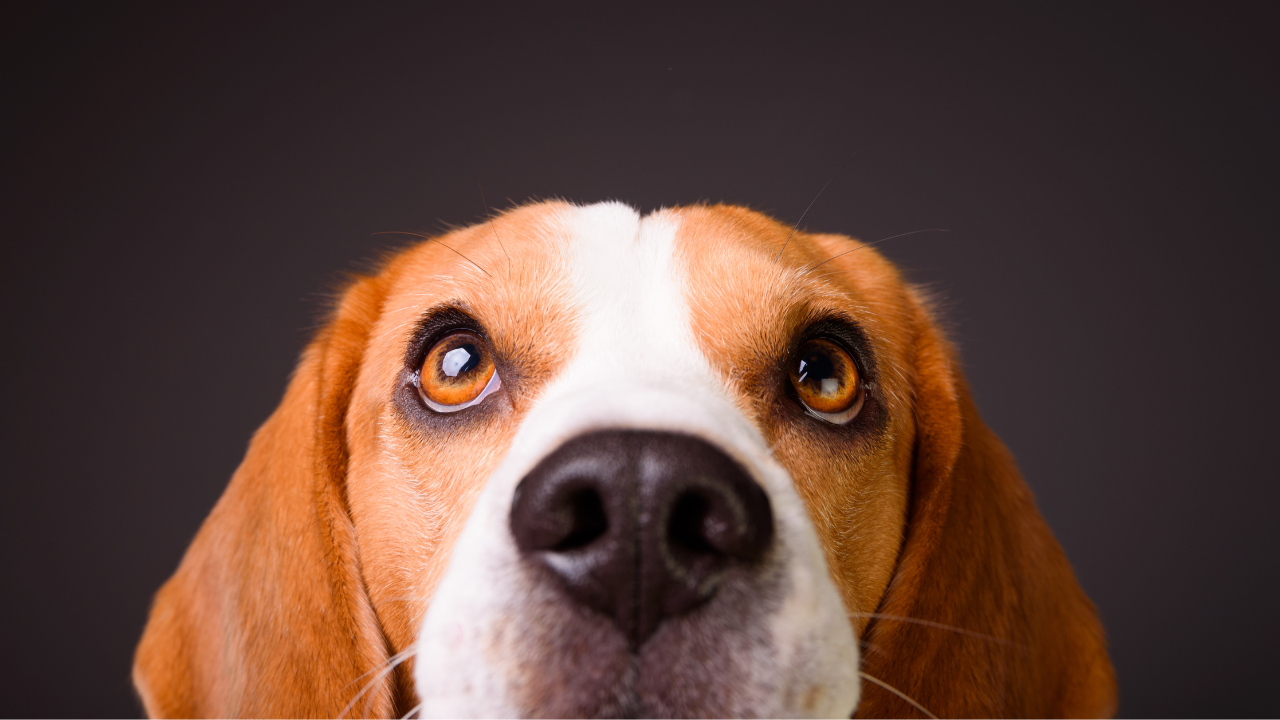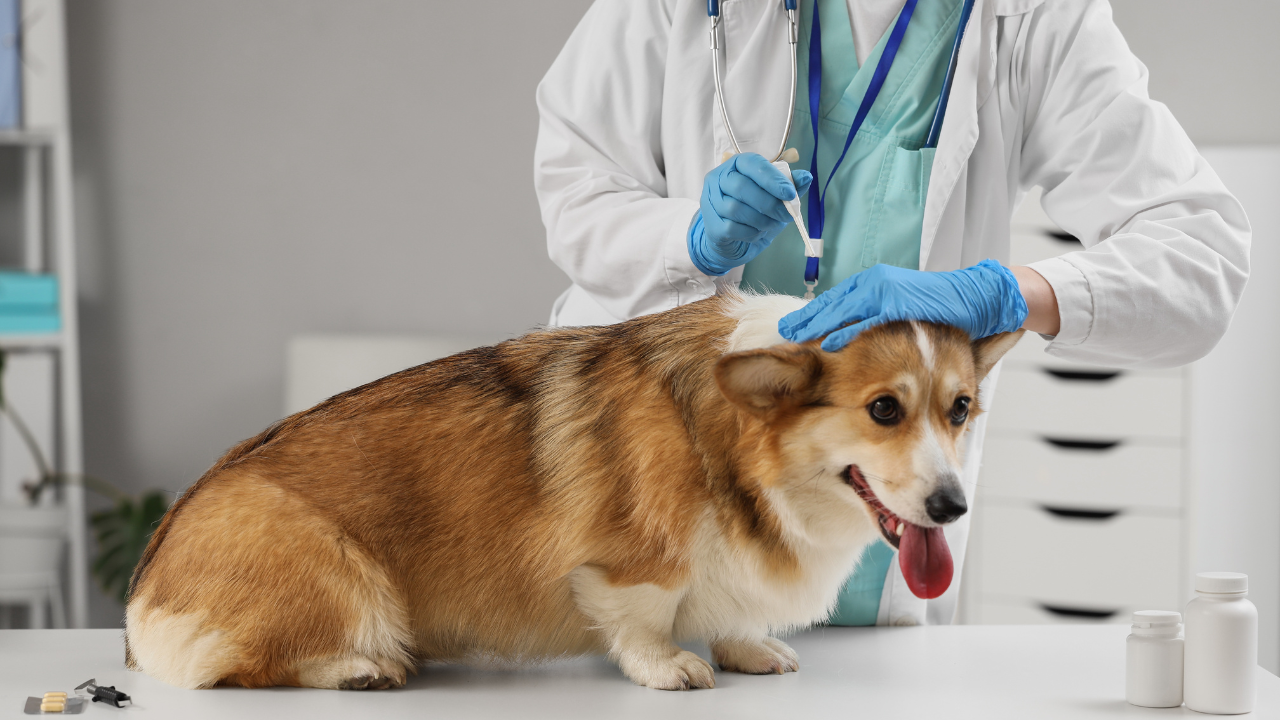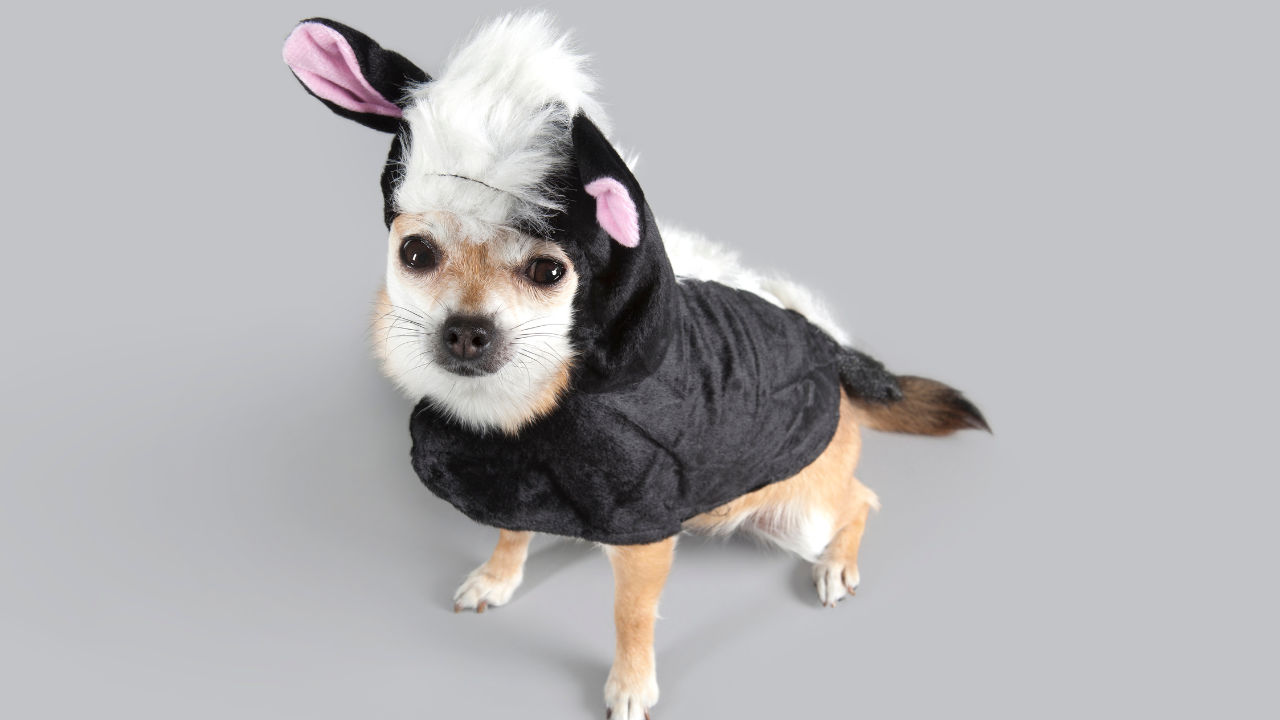How to Treat Razor Burn on a Dog After Grooming?

Have you ever noticed red, irritated patches on your dog’s skin after a grooming session? That’s likely razor burn on the dog after grooming. It’s more common than many pet owners realise and can cause your dog serious discomfort. While grooming is essential for keeping your pet clean and healthy, improper techniques or tools can lead to issues like dog razor burn. The good news? You can treat and prevent it with the right knowledge and care.
In this guide, we’ll cover everything from identifying razor burn on dogs to safe treatment options and prevention strategies. Whether you're a pet parent or whether you're a dog grooming newbie, or aiming to improve your dog grooming skills, these tips will help ensure a smooth grooming experience for your furry friend.
What Is Razor Burn on Dogs?
Razor burn on dogs refers to skin irritation caused by close or aggressive shaving. It’s a surface-level injury that occurs when the grooming clippers scrape the skin, leaving it red, inflamed, and sensitive. While it’s usually not life-threatening, it can cause extreme discomfort if left untreated.
This condition can appear anywhere the dog was shaved, especially in sensitive areas like the belly, underarms, and groin. If your dog with razor burns seems restless or is constantly licking the affected area, you need to act fast.
Causes of Razor Burn After Grooming
There are several reasons why razor burn may occur in dogs. Being aware of these causes can help you reduce the risk significantly.
- Dull Clippers or Blades: Dull blades tug at the hair rather than slicing it cleanly, irritating the skin.
- Overheated Blades: Excessive heat can scald the skin, especially in sensitive areas like the belly or inner thighs.
- Shaving Too Closely: Some breeds have delicate skin or very fine hair. Cutting too close increases friction and risk of burns.
- Lack of Lubrication or Prep: Grooming without detangling the coat or not using a cooling spray on your blades can create problems.
- Untrained Handling: A bad groomer or untrained pet owner might not understand proper clipper techniques or breed-specific needs.
Signs and Symptoms of Razor Burn in Dogs
Spotting dog razor burn early can help you treat it before it becomes a bigger problem. Keep an eye out for the following symptoms:
- Red or pink patches on the skin
- Inflammation or swelling in shaved areas
- Constant licking, biting, or scratching at the affected spot
- Whining or signs of discomfort when touched
- Scabs or small bumps developing post-grooming
These symptoms usually show up within a few hours after grooming. If the irritation persists for more than a day or worsens, you may need to consult a vet.
Immediate Steps to Take When You Notice Razor Burn
If your dog starts showing signs of razor burn, don’t panic. There are quick and easy actions you can take to help your dog feel better right away:
Step 1: Stop Further Grooming
If you’re still mid-session, pause immediately. Don’t clip or brush over the irritated spot again.
Step 2: Stop your dog from licking the area
Use an Elizabethan collar (cone) if needed. Licking can worsen the irritation and cause infection.
Step 3: Clean the affected area gently
Use a soft, damp cloth with lukewarm water. Avoid any scented or alcohol-based products.
Step 4: Cool the Skin
To soothe the area, apply a cool, damp cloth. Do this for a few minutes. Don’t use ice directly on the skin.
Step 5: Use a dog-safe healing ointment
Apply natural, vet-approved creams that contain ingredients like aloe vera or calendula.
Step 6: Keep your dog calm and relaxed
Limit activity to prevent rubbing or aggravating the affected skin.
Dog-Safe Remedies and Treatments
Once you’ve taken the initial steps, consider using some of these dog razor burn treatment proven remedies for continued care:
- Aloe Vera Gel: Natural aloe soothes and cools irritated skin. Make sure it’s pure and free from additives.
- Coconut Oil: It moisturizes and has antibacterial properties. Apply a thin layer once or twice a day.
- Oatmeal Baths: A warm oatmeal bath can help reduce itchiness and inflammation.
- Calendula Cream: This gentle herb helps with skin repair and reduces redness.
- Chamomile Spray: Brew chamomile tea, cool it, and use it as a spray. It’s calming and reduces irritation.
- Witch Hazel: Apply a small amount with a cotton pad. It helps dry out the affected skin, but should be used sparingly.
Note: Always check with your vet before applying new products, especially if your dog has allergies.
How to Avoid Razor Burn When Grooming Your Dog
To prevent razor burn on your dog, always begin by bathing and brushing the coat. A clean, detangled coat helps clippers move smoothly and reduces skin irritation. Use sharp, high-quality clippers, and check the blade’s temperature often. Hot blades can easily cause razor burn, so pause the grooming session if needed.
Avoid shaving too close to the skin. Always leave a small layer of fur for protection, especially around the groin, armpits, and belly. If you have a double coated dog, never shave down to the skin, as it can damage the coat permanently and increase the chance of razor burn or sunburn.
Groom your dog in a quiet, stress-free space. Sudden movements can lead to uneven clipping or nicks. Moisturizing sprays or pet-safe conditioners can help keep the skin hydrated and reduce friction. If redness appears, avoid using products meant for humans, especially baby powder, as it can cause dryness or allergic reactions in dogs.
Finally, always clean and disinfect your grooming tools before and after use. Good hygiene, proper equipment, and gentle handling will help you avoid razor burn and make grooming a safe, comfortable experience for your pet.
Want to Avoid Razor Burns? Get the Right Training with Our PDGA Courses!
Dog razor burns are often caused by improper grooming techniques, but with the right training, they’re completely preventable. Our PDGA grooming certification program is designed to equip you with expert knowledge and hands-on skills to groom pets safely and professionally. Whether you're a pet owner or looking to start a grooming career, our curriculum covers everything from clipper handling to skin health and coat care.
Unlike random tutorials online, our structured course ensures you learn the science behind safe grooming. You’ll gain confidence, improve your techniques, and drastically reduce the chances of causing discomfort or injury to pets. Our lessons are accessible, beginner-friendly, and developed by certified grooming instructors with years of real-world experience.
Take the first step toward becoming a trusted grooming expert. Enroll in PDGA’s courses today and give every dog a safer, more comfortable grooming experience.
Conclusion
Razor burn on the dog after grooming is uncomfortable, but it doesn’t have to become a recurring issue. With the right grooming practices, proper tools, and a little patience, you can keep your dog’s skin healthy and irritation-free.
Always pay attention to your dog’s behavior after grooming. If something seems off, take action right away. Consider enrolling in professional courses to ensure you’re using the best methods for your pup’s comfort.
Whether you're grooming a show dog or your family pet, one thing is certain: your dog deserves a gentle, caring approach every time.
Say goodbye to the guesswork. Say hello to safer, smarter grooming. Because a dog with razor burn deserves better, and now, you know exactly how to give it.



